What is Koi Fish “Nishikigoi”?
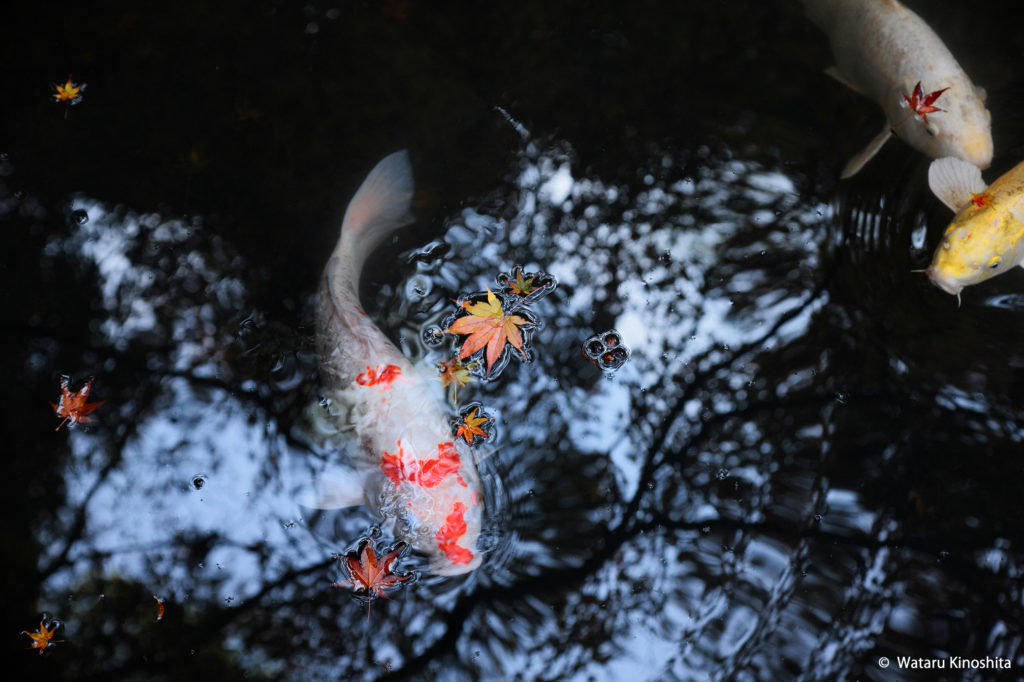
Carp may grow up to white, yellow, or scarlet individuals that are completely different from normal carp.
It is said that the origin of nishikigoi came from the Edo period, when a mutant carp was born from a carp used for food. Nishikigoi is the improved variety that is made by crossing the mutant individuals and repeating this process.
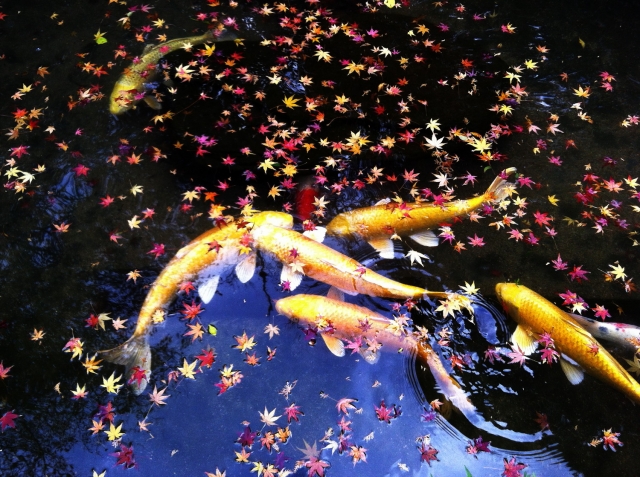
The name “Nishikigoi” has been given since around 1058. It is a general name for ornamental carp with especially beautiful colors. It started in the Edo period when the mutant was born, so they have been there for more than 200 years. It is said that there are more than 100 types of nishikigoi today.
What are the 3 points of beauty?
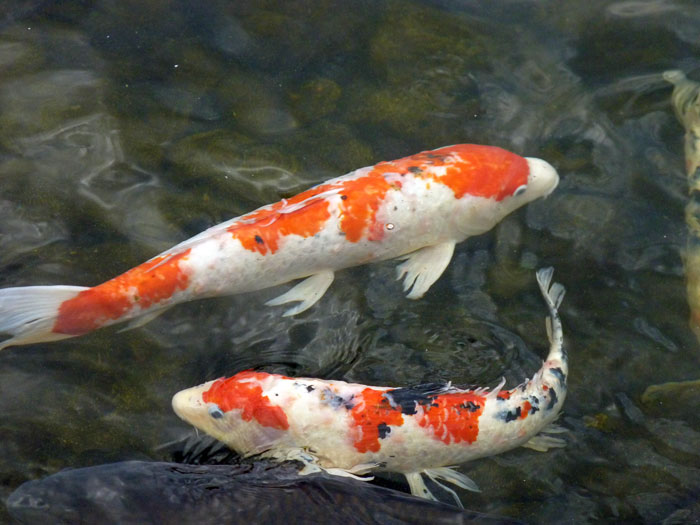
There are 3 main points for the beauty of nishikigoi that are competed at the fair: “pattern” “body type” and “quality.”.
If you understand the point of the beauty of the “red and white” pattern, it will be easier to understand the beauty of other patterns.
For example, in the case of nishikigoi with a “red and white” pattern, the head part is the “First Section” to be judged for its beauty.
And the second step is the back, the third step is the tail. The end of the tail must stop on a white background to be judged that it is beautiful.
The body shape of nishikigoi is cylindrical with a thick round center “Spinning bell type “. And the balance of the 3 parts of the head, body and tail is also an important point of beauty.
“Quality” is another point of beauty.
For example, in the case of nishikigoi with red and black patterns on a white background, the white background of the body color is should be clearly white, and the red and black patterns must be clear to be evaluated.
In general, it is said that the color of the ground color of nishikigoi comes vivid when they become around 10 years old.
Variety of Koi Fish










Where you can enjoy watching them?
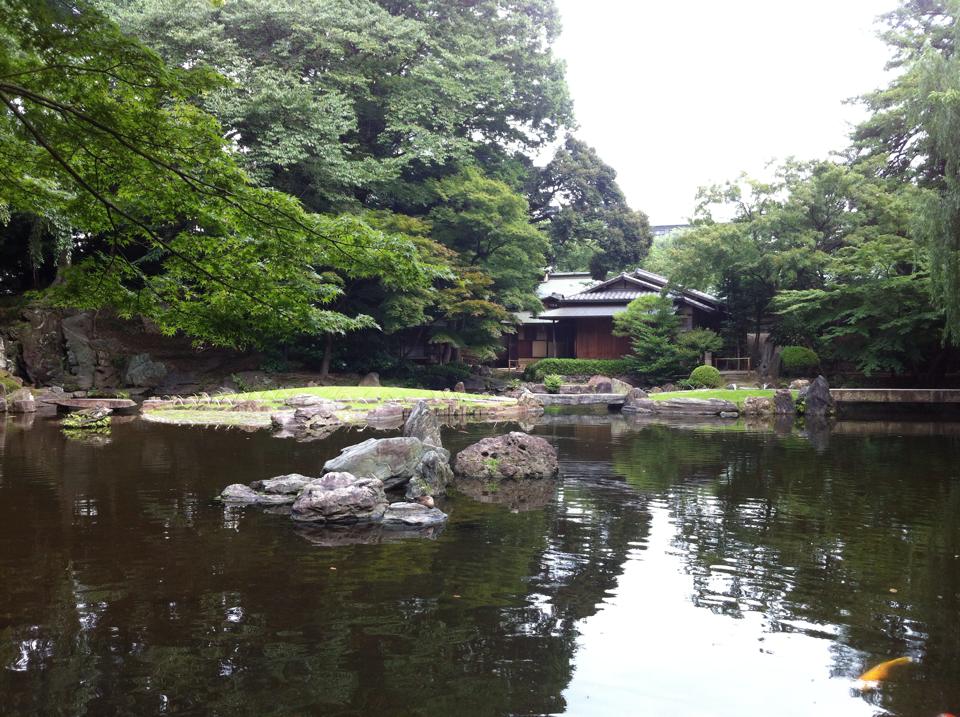
There are many Japanese style gardens in Tokyo, Yasukuni Shrine also has beautiful Japanese style gardens. It is Kamiike garden behind Yasukuni-jinja Shrine main hall. This garden is a quiet spot unexpectedly unknown to people.
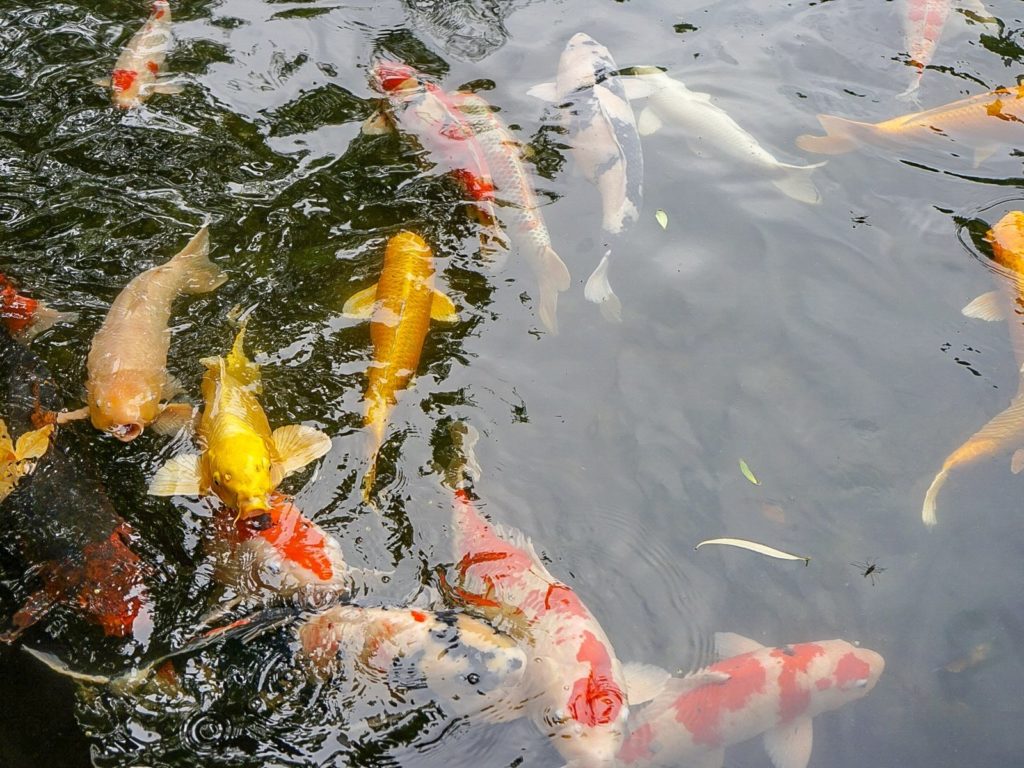
You can enjoy elegant corridor style garden and colored carp for free. In the Kami-ike Pond, two islands are built and a stone bridge made of cut stones is built. The gray stone bridge on the left is the longest straight granite bridge in Japan.

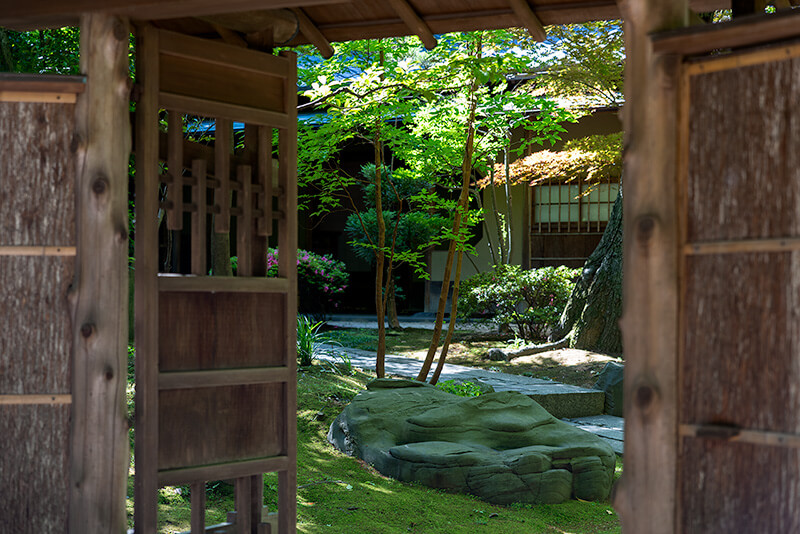

At Rikugien’s pond, you can see plump and gorgeous colored carp. Rikugien is a daimyo garden built by Yoshiyasu Yanagisawa, a sobayonin (lord chamberlain) of Tsunayoshi TOKUGAWA, the fifth shogun of the Tokugawa shogunate, as his suburban residence.

Rikugien is especially famous for its azalea flowers. Shidarezakura (weeping cherry tree) near the entrance of the garden is also famous as a famous tree that blooms lots of pale pink flowers at the end of March. It is lit up at the peak of Shidarezakura and the peak of autumn leaves.
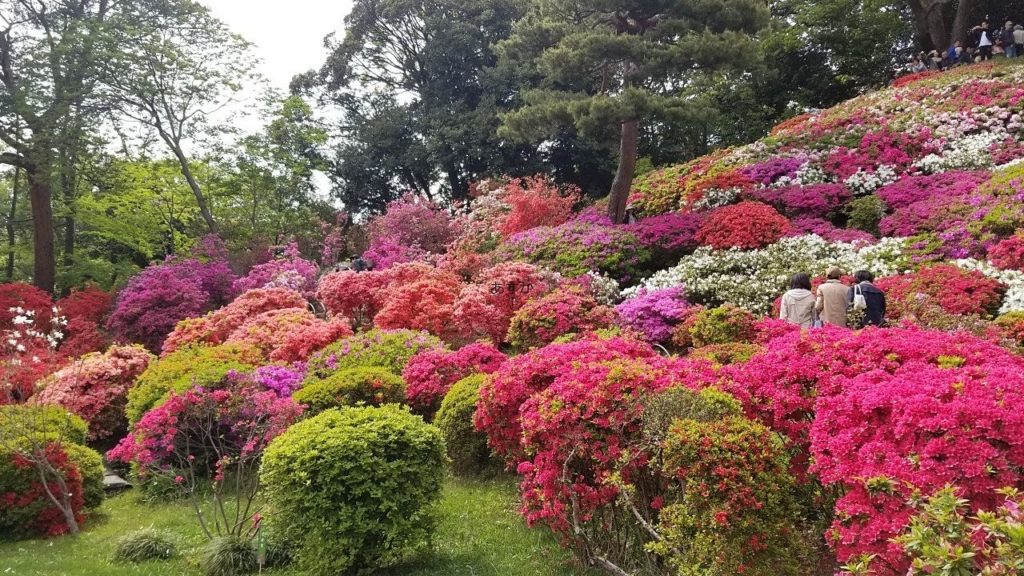
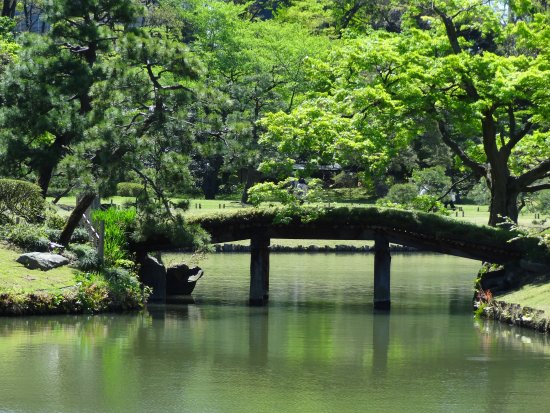
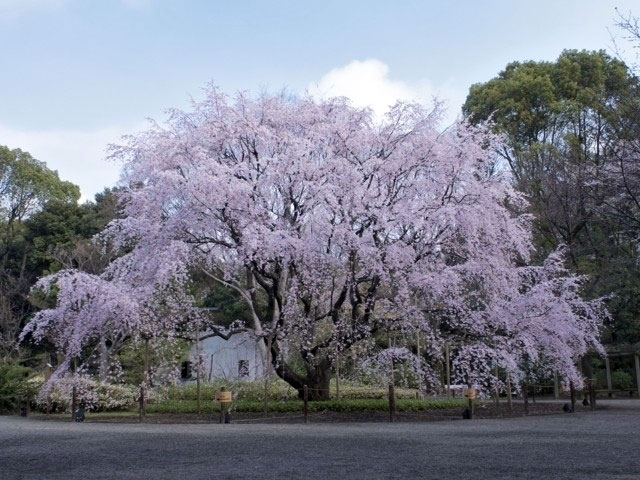
-thumb-1024x682-74615-1024x682.jpg)
Rikugien
Address: 6-chome, Honkomagome, Bunkyo-ku, Tokyo
Open: 9: 00 – 17: 00 (Admission ends at 16: 30)
Closed: New Year period (December 29 – January 1 of the following year)
Admission: General admission 300 yen, 65 years old and above 150 yen
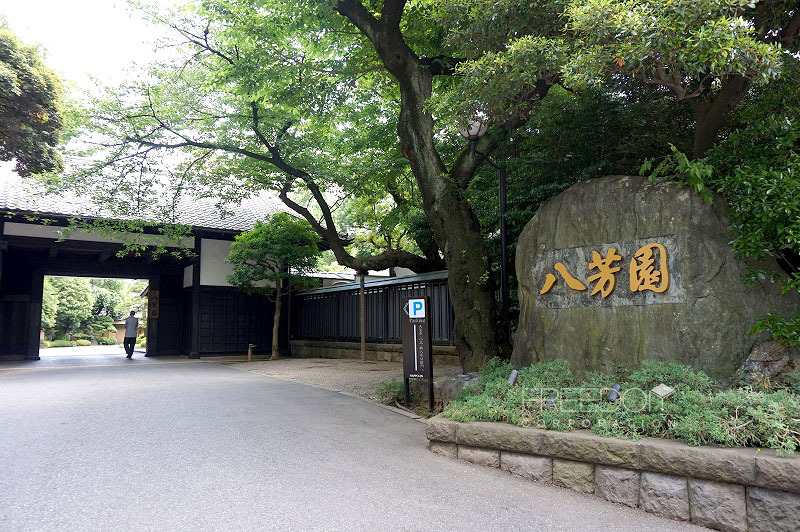
The Happo-en is a historical Japanese garden where you can see 100 year-old trees and migratory birds. It was built using the natural hills and the remains of a small stream in Shirokanedai, Tokyo.

It is said that Shiroganedai, where the Hachihoen Garden is now located, was the residence of Hikozaemon Okubo, one of Tokugawa Ieyasu’s close retainers in the early Edo period.
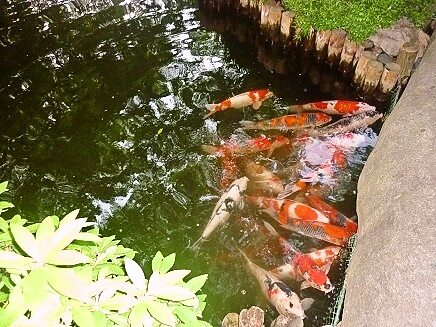
The garden was maintained in 1915. It was named “Happoen” because “It is beautiful everywhere I look.”. At present, it is operated by Hachihoen Co., Ltd. as a wedding hall and party hall.
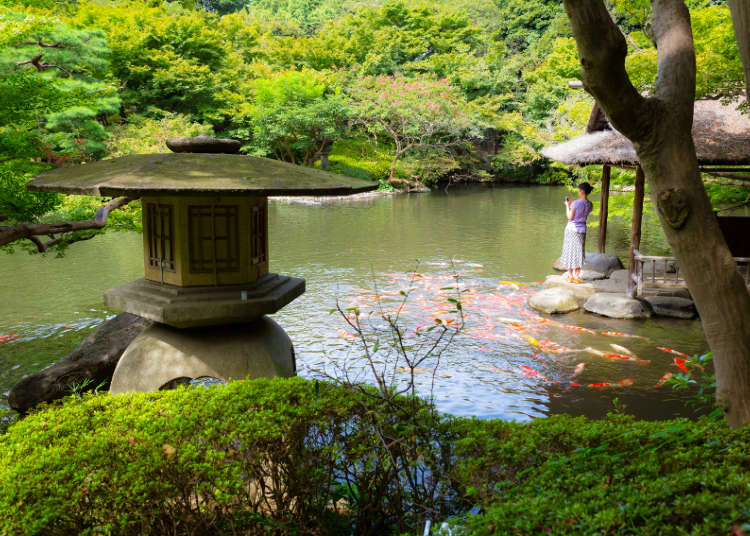
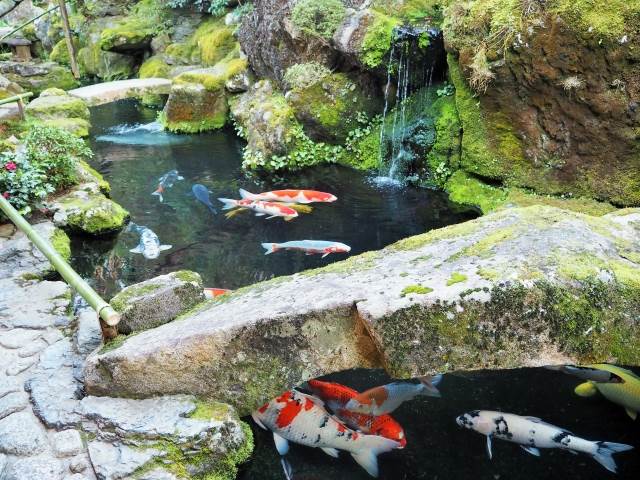
It’s hard to see such a splendid carp.
Address: 516 Washio-cho, Kitamon-zen-dori Shimogawara Higashi-iru, Kodai-ji Temple, Higashiyama Ward, Kyoto City
Opening hours: 9: 30 ~ 18: 00
Closed: Irregular holidays


